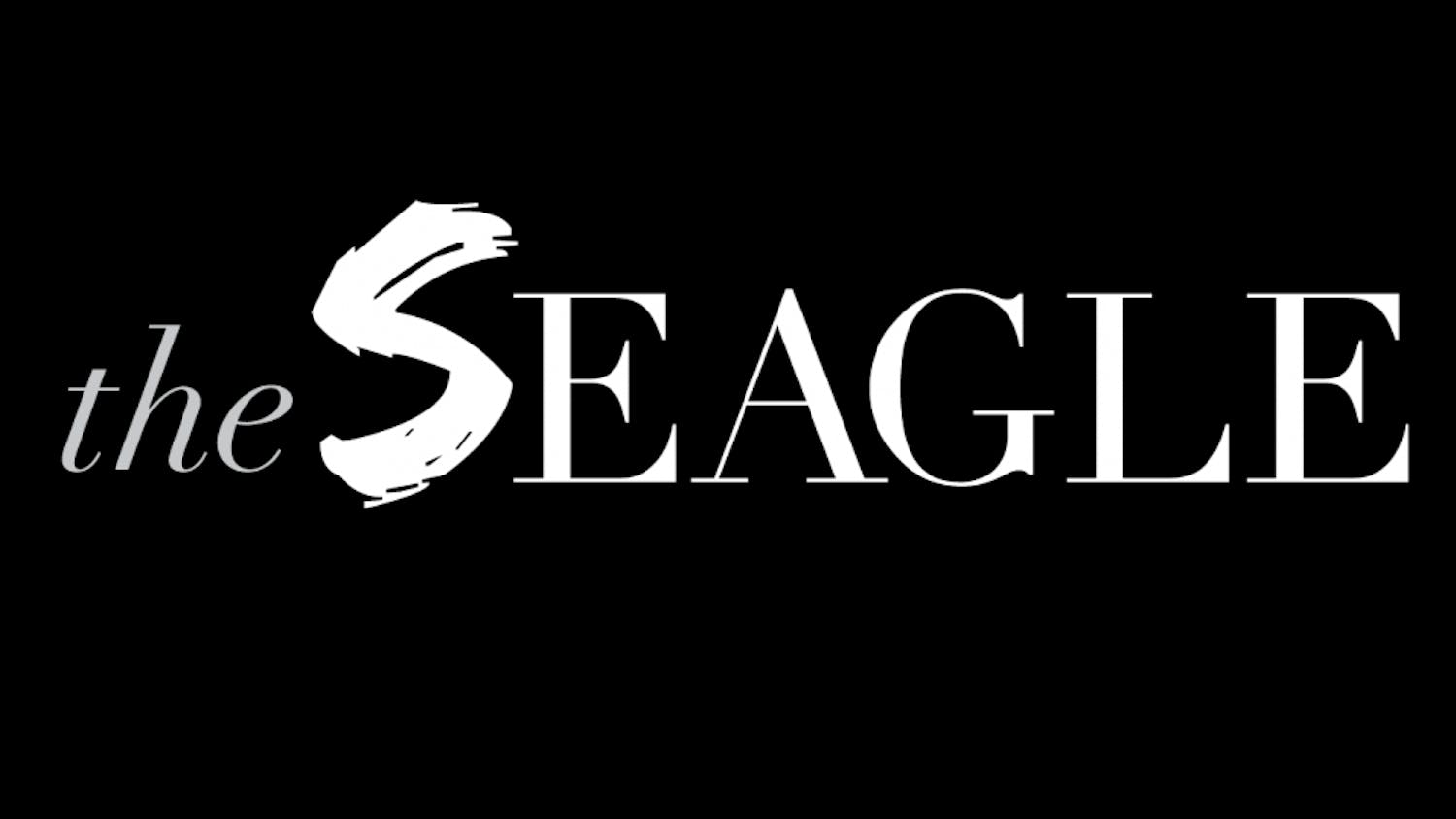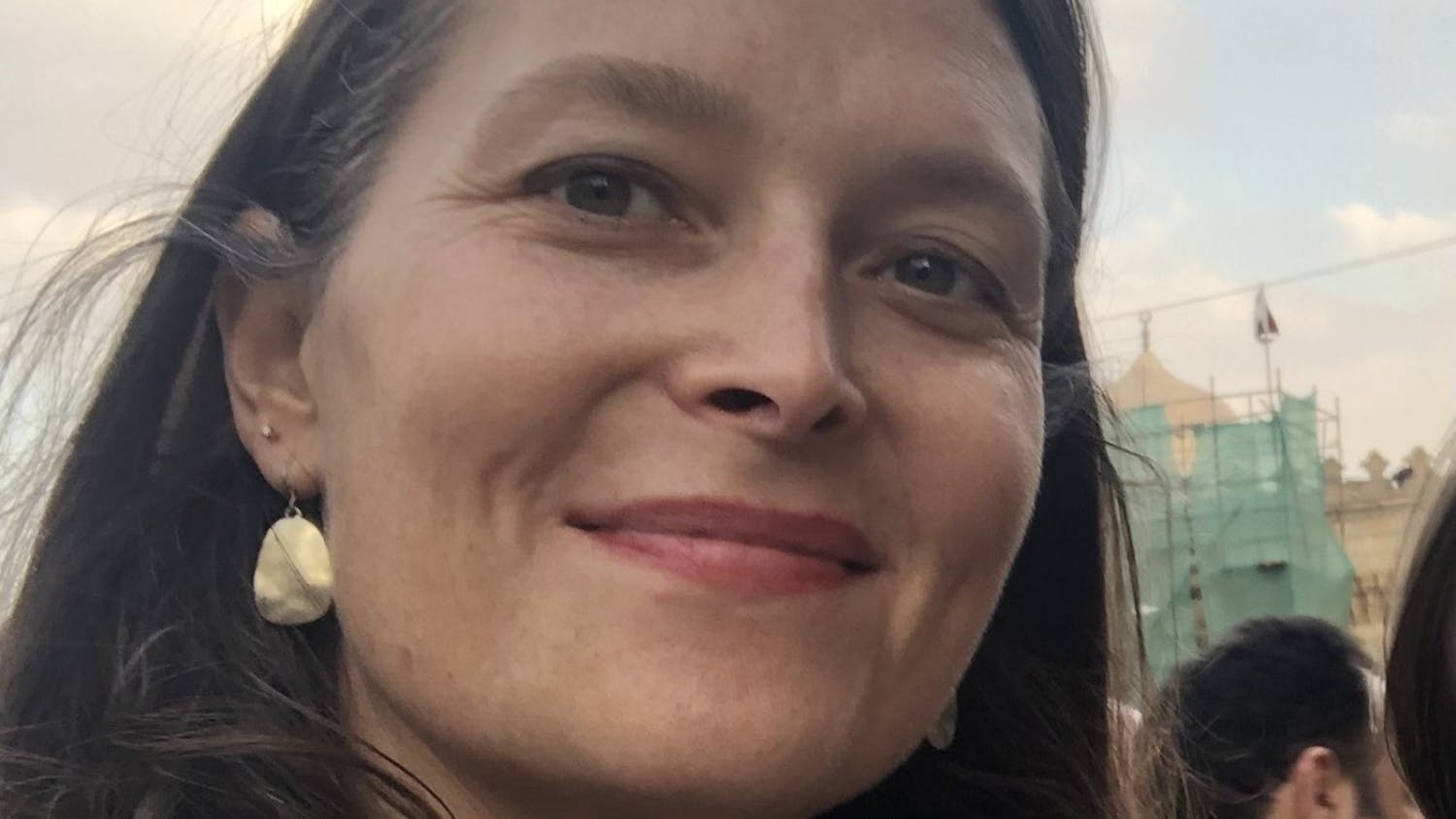When I was a little girl, the one thing I always knew I wanted to be when I grew up was a veterinarian. I loved animals so dearly that I couldn’t see myself being quite as happy doing anything else. I especially loved wild animals and coveted my National Geographic Kids subscription my parents had purchased for me. My biggest role model was Jane Goodall, a woman I considered extremely brave and fiercely intelligent. I looked at her like a great pioneer for immersing herself completely in the wild to study chimpanzees, and saw myself in the way she cared so deeply for the animals and did not allow criticism to stop her from doing her work.
However, once I reached middle school, my brain became occupied by different things. I asked my mom if I could subscribe to Seventeen magazine and stopped receiving National Geographic. I couldn’t really see veterinary medicine in my future because I hated math, and knew there would be a lot of it in my future if I stuck with my childhood dream.
I did not see anything wrong with my changing interests. I loved English class and had always been the girl with her nose in a book, so I thought maybe I would pursue writing or teaching as a career. I continued to dread math class, and as sciences grew more difficult with each passing grade level, I began to dread those too. I told myself it was because my brain was simply better at understanding the humanities. But what if it had nothing to do with my capabilities, and everything to do with my environment?
Most adults do not actively and consciously gear young boys towards math and science and young girls toward the humanities subjects like English, history, and social studies. However, despite our progress towards gender equality, we live in a culture in which subconscious gendering is still rampant in our education system. From a young age, the idea that I, as a girl, didn’t have to be any good at math because it wasn’t in my future took hold. Fortunately, nobody ever said to me, “girls can’t be scientists,” nor did I ever believe that to be true. Yet, when I look back, something did change in the little girl who wanted to be a wildlife veterinarian and now spent most of Algebra II doodling.
The truth is that if young girls do not see adult women working in the science, math, engineering and technology (STEM) fields, they are less likely to go into those fields themselves. This is not to say that there aren’t plenty of incredible female scientists. There are tons, but for every woman making a name for herself in STEM, there are far more men. I would like to see this change. I would like to see girls and young women taken seriously in their higher level science and math courses because I know that that is a real problem keeping us from reaching higher.
The gender wage gap statistic that white women are paid 80 cents to every dollar a man makes is a commonly known statistic. The kinds of social and ideological issues that contribute to this problem need to be addressed. One way to close the wage gap? Get more women into STEM positions. These positions tend to earn hefty salaries, and they are ridiculously male dominated. Although I try not to generalize, it must be recognized that, for the most part, women have to fight harder for the duration of their lives to get into these positions and be taken seriously. The challenge continues especially for women of color.
This being said, I refuse to complain about it. I see the issue, and it’s not a small one. There is a lot of work to be done, and, to me, that's all the more reason to skip getting mad about it and get to work changing it. We need more female role models in STEM positions so that young girls feel there is a place for them there. Parents, teachers, and other adult figures should make a conscious attempt not to gender their treatment of young girls and boys. Girls like me, who saw a future in science before reaching the social pressures of the cruel jungle that is middle school, should be thoroughly encouraged to go for that dream because it is more than possible.
I am very proud to be pursuing a career in science. I was lucky to realize where my passions lie and have the ability to follow them. Whatever challenges lay ahead, I refuse to let my gender play a role in my career choice. However, I recognize my privilege in being able to pursue a higher education, and know other young women are not so fortunate. In whatever way I can, I want to spread a message that is close to my heart - that there is a wide open space for girls and women in the sciences, and the more female role models that exist in STEM, the more equal our world will become.
Olivia Richter is a junior in the College of Arts and Sciences.





